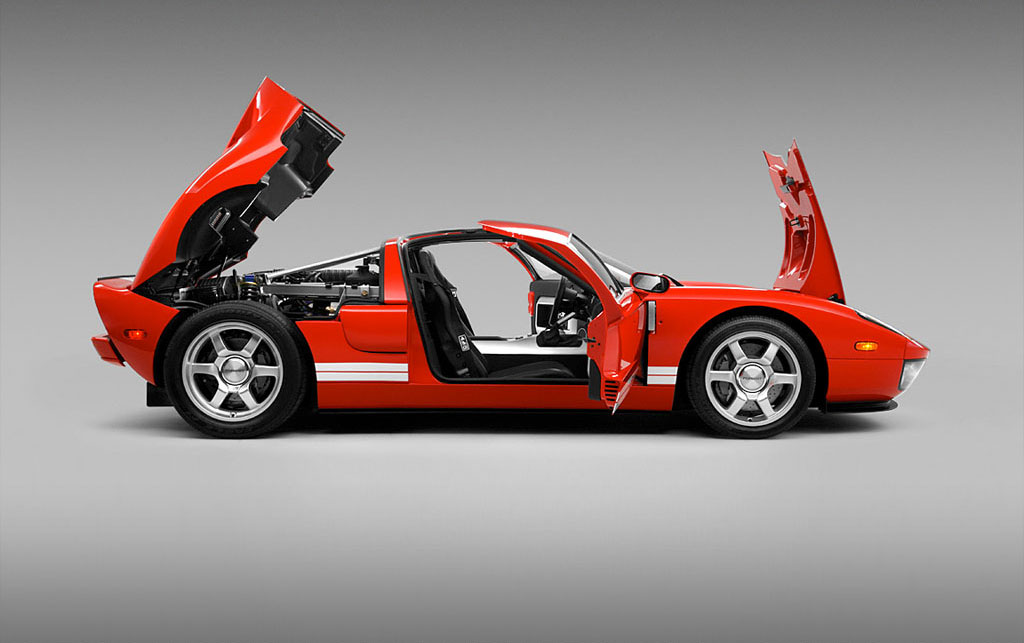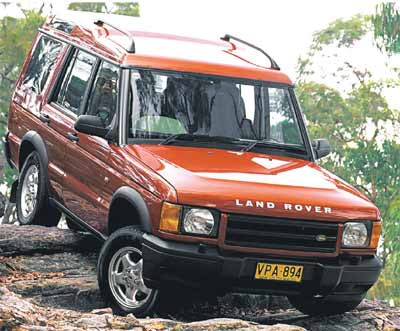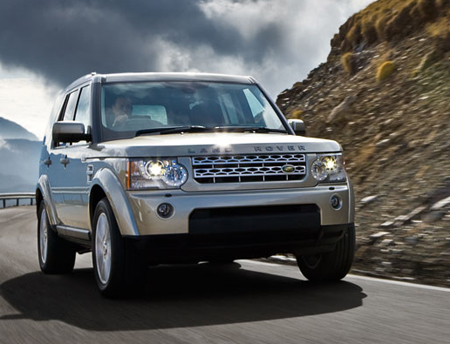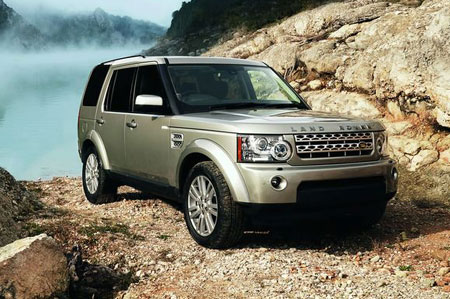


The Ford Ranger Max pushes everyone's expectations of Ranger. Visually bold and muscular, it takes to the stage at the Ford stand with confidence, sophistication and craftsmanship.
Delivering Tough Style
Genuine truck toughness comes from great design and engineering, which means the production Ford Ranger is the ideal foundation for creating Ford Ranger Max Concept. No under-skin modification was needed with Ford Ranger to produce Ranger Max.
The distinctive contrast between Ranger Max's hardcore orange paintwork with matte black accents is inspired by the functional design found in some modern power tools - just like those used by many Ranger owners every day. Ford designers recognize how absolute function and durability inspire these industrial tools and make them more appealing.
Ford Ranger Max is full of details like this, such as the word GRAB‚ imprinted subtly on the bold, black grab handle in the side of the sportsbar linked to the cab. Every letter is precisely shaped in a 'truncated' font that complements the toughness and utility the overall truck design communicates.
Several power tool brands have inspired Ford designers. Other inspirations for Ranger Max have come from active sports, such as rock climbing, and the tough, technical products used by active sportsmen.
Taking Ranger to the Max
With its character as the ultimate power tool, Ford Ranger Max Concept exudes confidence and purpose. It's up for the job - work or fun - and its tough style says so. It features full surfaces that convey the power and strength of its tough-truck backbone. The detail of its design demonstrates this show truck has been designed by people who know trucks and love them.
Dynamic Profile
Ranger Max's high impact establishes a powerful presence wherever it goes.
That bright orange high-energy colour is officially known as Mango Hit. It is the colourful creation of Debbie Pascoe, colour and trim manager, Ranger Max design team.
Its profile exudes power and dominance as well as balanced proportion. The flexed 'power dome' shape of its hood communicates the pulling power and high torque of the engine. The power dome shape carries through to influence the design of the hard tonneau cover at the rear of the vehicle. These two overt muscular design elements give Ford Ranger Max power and solidity. It's enough to scare the typical pickup into the gym for serious weight training.
Self-confident Ranger branding - embossed in the top of the front grille surround - is another proud aspect of the front design.
Two major design elements link together to form the dominant frontal look of Ford Ranger Max Concept. The corporate three-bar grille imbeds itself into the lower enlarge air intake. A distinct line starting from the headlamps follows around the nostril and borders the lower air intake. This signature line unites the major design elements to create the defined face of Ranger Max.
Powerful Pulling Away
Ford Ranger Max has presence on the road. Its bold rear design is the combination of proportion and details such as the pronounced contours of the tonneau cover which emulate the power bulge on the bonnet. The distinctive sportsbar integrates the cabin area with the tonneau cover. Continuing rearward, Ranger Max is neatly finished off with a tailgate cladding embossed with RANGER and a pair of unique tail lamps.









 cool fast cars
cool fast cars cool cars
cool cars cool cars images
cool cars images very cool cars pic
very cool cars pic

 fast cool cars
fast cool cars



































